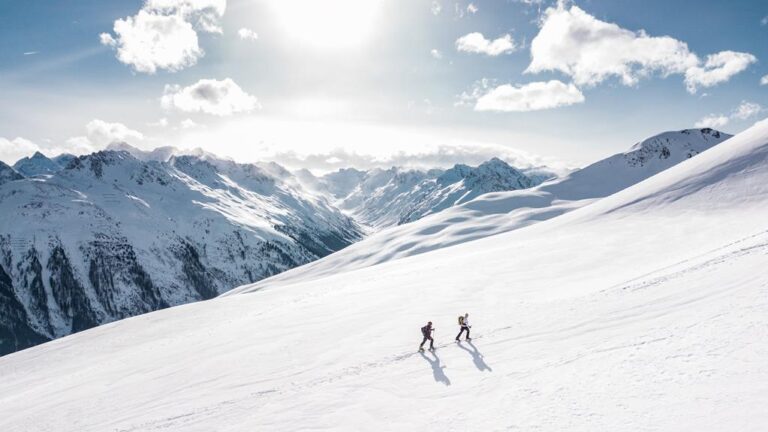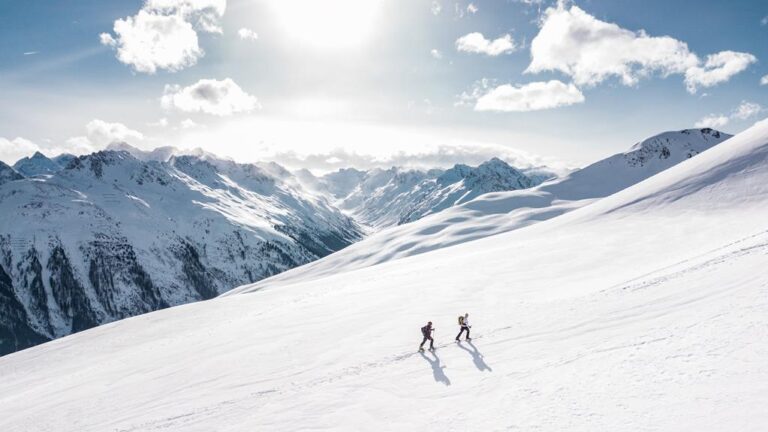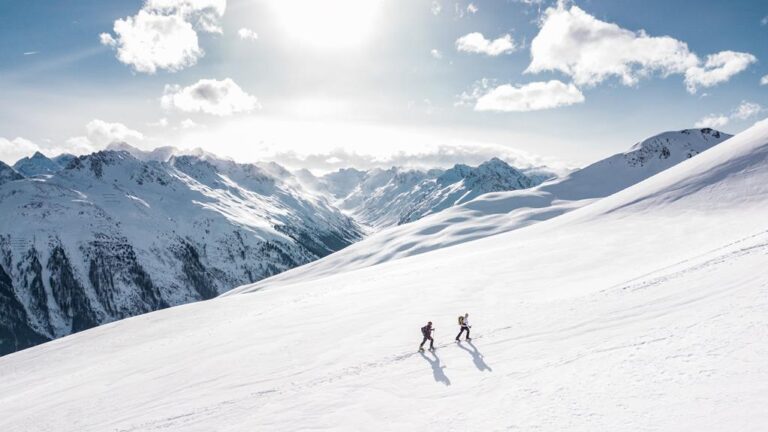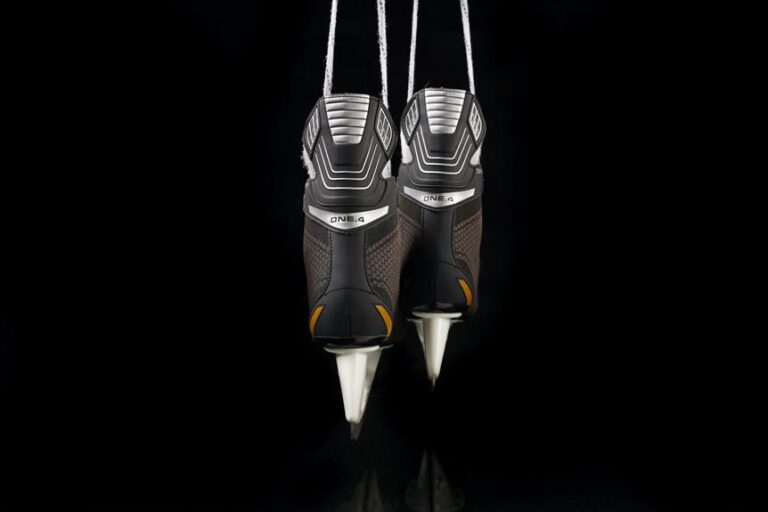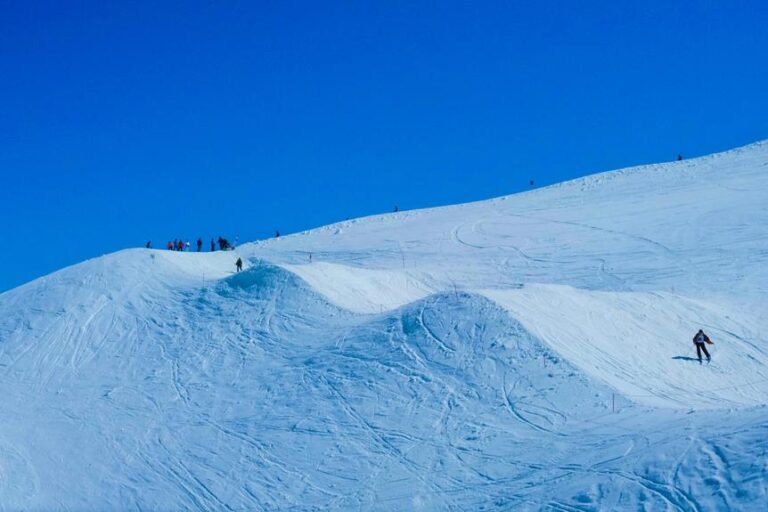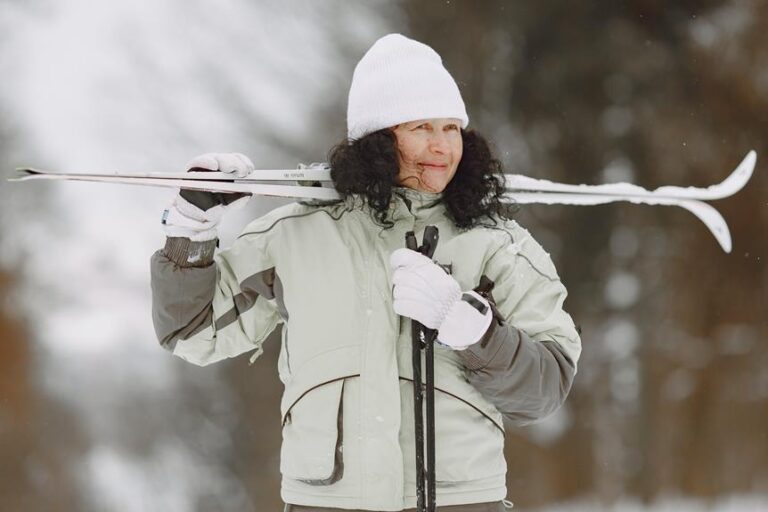Ski Average Speed – Top Secrets Revealed
At first glance, skiing may seem like a leisurely activity that allows you to glide gracefully down a snow-covered slope. However, when you consider the concept of ski average speed, a whole new level of intensity and excitement emerges.
Whether you're a downhill racer soaring down mountains at breakneck speeds or a cross-country skier pushing yourself to the limits of endurance, the average speed at which you navigate the slopes holds a significant importance.
But what factors actually determine your ski average speed? And how can you improve it to reach new heights?
Let's explore this fascinating topic and uncover the secrets behind maximizing your speed on the slopes.
Importance of Ski Average Speed
Understanding the importance of ski average speed is crucial for both professional and recreational skiers alike. Average speed plays a significant role in skiing, especially when it comes to downhill skiing. Professional downhill skiers can reach astonishing speeds, with some reaching upwards of 150 mph. Even Olympic skiers can hit speeds between 75 and 95 mph, depending on various factors. For recreational skiers, knowing their average speed can add to the thrill and enjoyment of their skiing experience.
Average speed measurements in skiing are essential for several reasons. Firstly, it allows skiers to monitor their progress and set goals for improvement. By keeping track of their average speed, skiers can challenge themselves to reach higher speeds and enhance their performance on the slopes. Additionally, knowing their average speed aids in evaluating their technique and identifying areas for improvement. By analyzing their speed measurements, skiers can make adjustments to their form and skiing style to optimize their speed and efficiency.
Moreover, understanding average speed is crucial for safety. As speed increases, so does the risk of accidents and injuries. By being aware of their average speed, skiers can gauge their limits and avoid skiing at speeds that may put them at higher risk. This knowledge allows them to ski responsibly and make informed decisions about when to slow down or take extra precautions.
Calculating Average Speed in Skiing
To calculate the average speed in skiing, you can use various methods and tools. Here are three ways you can calculate your average speed on the slopes:
- Stopwatch: One simple method is to use a stopwatch. Time yourself skiing down a specific section of the mountain and measure the distance covered. Divide the distance by the time to get your average speed. This method is straightforward and can be done with just a stopwatch and some basic math skills.
- Skiing apps: Many smartphones now have skiing apps that can track your speed and distance using GPS technology. These apps provide real-time data and can calculate your average speed automatically. Simply start the app before you hit the slopes, and it will do the rest for you.
- Speedometers: If you're serious about tracking your speed, you can invest in a ski speedometer. These devices attach to your ski boots or bindings and measure your speed using sensors. They provide accurate and instantaneous speed readings, making it easy to calculate your average speed.
Factors Affecting Ski Average Speed
Factors that can affect your average skiing speed include various factors such as skill level, skiing locations, use of ski tracking apps, personal experiences, and the influence of individual and environmental factors on speeds.
Skill level plays a crucial role in determining your skiing speed. Experienced skiers who possess advanced techniques and control are likely to achieve higher speeds compared to beginners.
Skiing locations also impact your average speed. Different terrains and slopes can have varying degrees of difficulty, which can affect your top speed.
The use of ski tracking apps can also provide valuable insights into your skiing speeds. These apps can track your speed in real-time and provide data on your typical speeds, average downhill speed, and even your max speed.
Personal experiences, such as previous injuries or accidents, can also impact your skiing speed as it may affect your confidence on the slopes.
Furthermore, individual and environmental factors, such as wind resistance and weather conditions, can influence your average speed. Wind resistance, for instance, can slow you down, while favorable weather conditions can allow you to ski at higher speeds.
Understanding these factors can help you optimize your skiing experience and improve your average speed.
Tips to Improve Ski Average Speed
To enhance your skiing speed, focus on optimizing your body positioning and maintaining a tight tuck. By doing so, you can minimize wind resistance and increase your speed on the slopes.
Here are a few tips to improve your ski average speed:
- Utilize aerodynamic apparel: Wear streamlined clothing that reduces drag. Tight-fitting ski suits and helmets with built-in aerodynamic features can help you cut through the air more efficiently.
- Develop core strength: A strong core is essential for maintaining a stable body position and generating power. Incorporate exercises like planks, Russian twists, and squats into your workout routine to improve your overall strength and stability.
- Practice effective turning techniques: Mastering the art of carving turns can help you maintain momentum and speed through each turn. Focus on initiating the turn with your lower body and angulating your edges to maximize grip and control.
Tracking and Monitoring Ski Average Speed
Tracking and monitoring your ski average speed can provide valuable insight into your performance on the slopes. By keeping track of your speed, you can analyze your progress, set goals, and work on improving your skiing technique. There are various methods you can use to track your average speed while skiing. One popular option is to use a smartphone skiing app such as Ski Tracks. These apps not only track your speed but also provide information about distance traveled and vertical feet. Another option is to use a speedometer specifically designed for skiing. This device attaches to your ski boots and measures your speed in real-time. Additionally, many ski resorts and ski areas have speed skiing events where you can compete to achieve the highest average speed. Monitoring your average speed can also be helpful for safety purposes. It allows you to gauge your speed and ensure you are skiing within your limits. Remember to always ski responsibly and adhere to the rules and regulations of the ski resort. The table below highlights the importance of tracking and monitoring your ski average speed:
| Benefits of Tracking and Monitoring Ski Average Speed |
|---|
| 1. Provides insight into your performance on the slopes |
| 2. Helps set goals and work on improving technique |
| 3. Can be done using smartphone apps or speedometers |
| 4. Allows for participation in speed skiing events |
| 5. Promotes safety and responsible skiing practices |
Frequently Asked Questions
How Fast Do People Go When Skiing?
When skiing, you can reach exhilarating speeds. Techniques like tucking and using aerodynamic gear can boost your speed. Factors like ski design, obstacles, and core strength affect your velocity. Remember to prioritize safety and measure your speed accurately for an adrenaline rush.
How Fast Does a Ski Do Go?
To achieve higher speeds while skiing, focus on techniques like straighter skis and a tighter tuck. Factors like obstacles can slow you down. Training exercises can improve your speed. And remember, safety is crucial at high speeds.
Can You Go 70 Mph on Skis?
Yes, you can go 70 mph on skis, but it's crucial to prioritize skiing safety. Proper skiing techniques, suitable skiing equipment, and training are essential to navigate the terrain and prevent skiing injuries. Don't forget to follow skiing area rules and regulations during competitions.
Can You Go 80 Mph on Skis?
Yes, you can reach speeds of 80 mph on skis. However, it's crucial to follow safety precautions, improve technique, consider factors like ski design and obstacles, and use proper equipment. Measure your speed accurately with speedometers or skiing apps.
Conclusion
In conclusion, ski average speed is an important factor in both downhill and cross-country skiing. It can vary depending on various factors such as skill level, terrain, and equipment used.
Calculating and tracking average speed can help skiers measure their progress and improve their performance. By implementing tips and techniques to enhance speed, skiers can continue to push their limits and enjoy the exhilarating experience of skiing.

